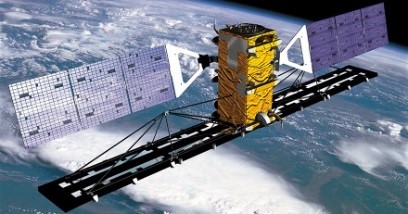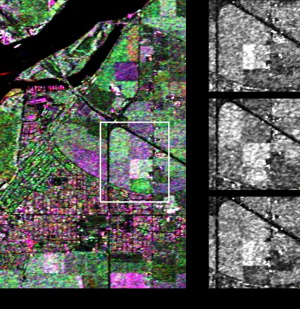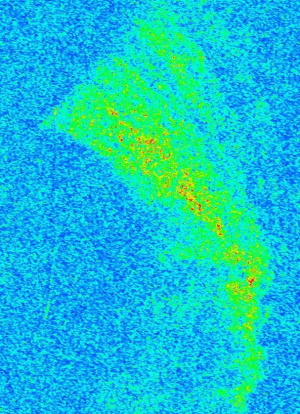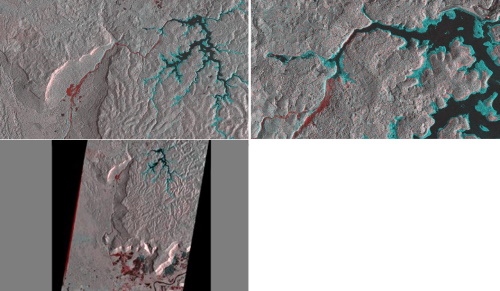- News & Events
- RADARSAT data on demand
RADARSAT data on demand
08 Oct 2020

In the framework of the Earthnet programme, ESA is distributing RADARSAT data on-demand to support EO science and research activities. Interested Principal investigators (PIs) can request data through the submission of a project proposal.
RADARSAT-1 was launched in November 1995 and was operational until May 2013. It was the first Canadian developed and operated Earth observation satellite with a focus on both commercial and scientific objectives. The primary mission objectives encompassed three key areas: maritime surveillance, disaster management and environmental monitoring.
Launched on 14 December 2007, on a Soyuz rocket from Baikonur, Kazakhstan, RADARSAT-2 is an advanced state-of-the-art technology follow-on satellite mission of RADARSAT-1, with the objective to continue Canada's RADARSAT programme and to develop an Earth Observation satellite business through a private sector-led arrangement, with the federal government.

The RADARSAT-2 mission objectives were similar to RADARSAT-1, but improvements such as higher resolution and polarimetry increased the information content of the data, thus allowing the development of new applications. The key priorities of the mission respond to the challenges of monitoring the environment, managing natural resources and performing coastal surveillance.
The RADARSAT-2 satellite has global high-resolution surveillance capabilities, which allow it to acquire data regardless of light or weather conditions, providing frequent re-visit imaging options. The produced information is ideally suited to markets that require either broad-area monitoring or targeted surveillance, such as maritime surveillance, defence and security, land use management, agriculture, disaster management and natural resources.
RADARSAT-2 is contributing new and improved opportunities for spaceborne monitoring of vessel traffic and fishing activities, because of better flexibility in the choice of resolution, polarisation and look direction.
In response to user demand for new and improved capabilities, eight new modes were introduced since the launch of RADARSAT-2.


